WOMEN & WARS
Over the course of humankind, the women have shown their mettle in wars as well; something they’ve been considered to be weak in. Even in the context of Indian Independence Struggle, queens like ‘Rani Velu Nachiyar’ and ‘Rani Laxmibai’ have left the adversaries bamboozled. Although women’s supportive roles in wars like logistics, transportation, medication & aid, etc., have always been a subject of utmost appreciation, it is also important to acknowledge their part in active combat & its related aspects.
 |
What is Combat?
In ‘Polemology’ or simply the ‘studies of war’, Combat refers to the direct or indirect engagement between the involved parties, be it individuals or with alliances. Simply it means the fight taking place in the war and is considered as the worst thing in any conflict due to its destructive outcomes.
Roles for Women in Wars.
Traditionally, women have been kept out of armed conflicts throughout the globe and over the time. Supportive / Non-Combat roles have been assigned to women even if they were required to participate to maximize manpower for combat (both offensive & defensive) like nursing, medication, intelligence gathering, etc.
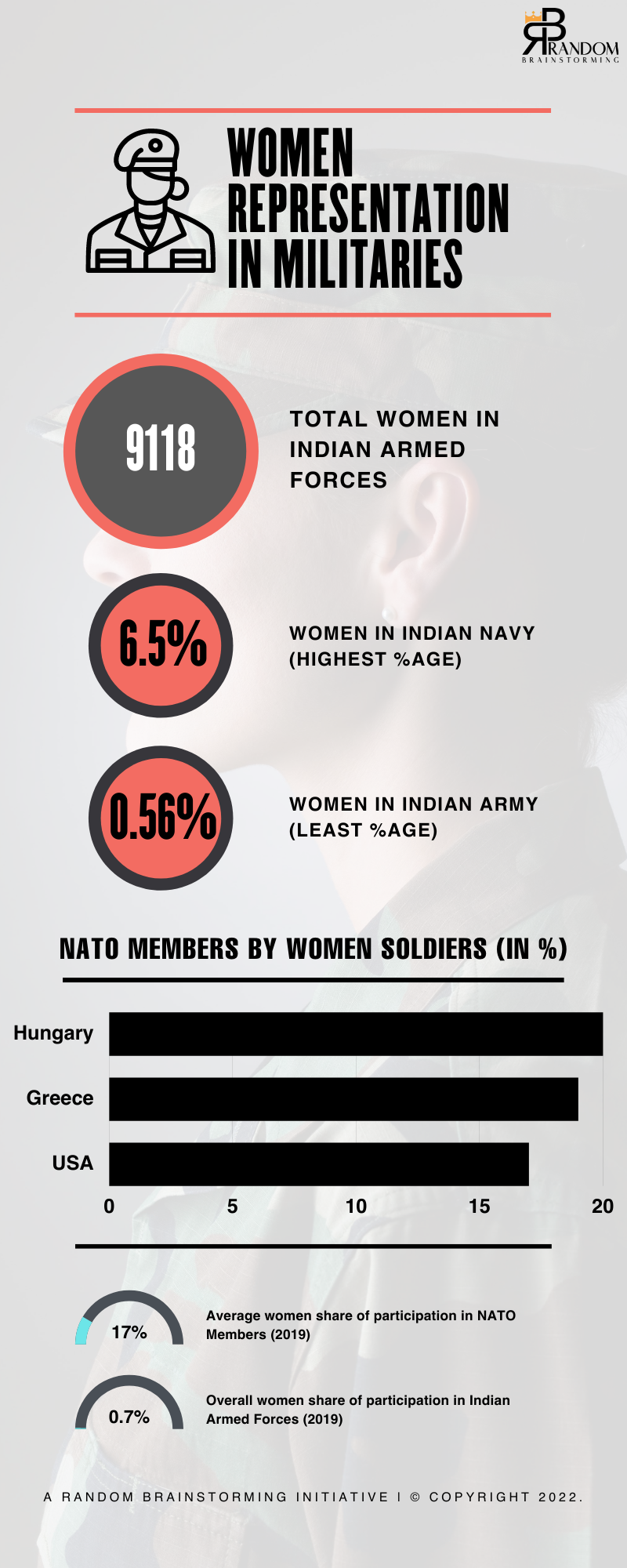 |
Even today when we speak of modern militaries, the women are equally skilled drone operators, radio signalers, but they simply don’t know what combat is. Obviously they undergo ‘Tactical Weapons Training’, in which they’re taught about aiming, shooting, reloading tactics and maintenance of the firearm, as a part of their training, but it’s least likely to be used on the battlefield.
Reasons for keeping Women away from Combat.
There are many reasons to answer this dilemma but to keep things sorted, visualize them collectively and not individually. These are:-
Socio-evolutionary Parameters : During the course of evolution, it is believed that male-male competition for acquiring mates might lead to males’ propensity for aggression & risk-taking, while females’ selection of protective & high-investment might allow them to be more dependent and risk-avoidant. Obviously, the modern day requirements of combat are flexible to these notions, but it’s still prevalent.
War Crimes : These are violation of the laws of war / moral codes of humanity that gives rise to individual criminal responsibility for actions by the combatants. In the majority of societies (including the militaries), the pride of women surpasses many other factors which even have triggered armed conflicts in the past.
Being a Prisoner of War (PoW) is the worst nightmare that a soldier can ever imagine and the inhuman atrocities in the case of women is an undeniable fact. Soviet female troops and German women during WW2 have undergone such atrocities. Gross War Crimes are something that even men aren’t immune to (refer to the case of Capt. Saurabh Kalia & his patrolling team, 4 Jaat Regiment).
Rapes (and gangrapes) used to happen every now and then during world war 2, the mass rapes of German girls & women by the Soviet Army is one of the most horrific incidents of Sexual War Crimes till date.
After the fall of Hitler’s Third Reich, the red army swarmed into Berlin and captured it. Survivors of the same revealed how bestial were the soviets, committing mass gangrapes in collective numbers of 5-12.
Those women were even forced to sign a written document denying any sexual assaults in the same. There’s no army in the world who hasn’t committed rapes, in fact, rape continues to be a ‘Weapon of War’.
Disparities in Standards : Selection criteria between men & women have never been the same at physical levels in training academies. From an Indian perspective, a high ranking officer authorized for training women in Officers Training Academy gives us an insight about the same.
He stated about the abrupt gobs of ‘Hip Stress Fractures’ among Lady Cadets during training, which was then diligently reviewed by the Command Headquarters. On investigation, the report was found to be having ‘difference in bone structures in women’ as the main cause and the fact that ‘female hips (Pelvic Girdle) are designed to enable child bearing (Parturition) and can’t bear the same stress as males do.’
The specialists also laid emphasis on the fact that academic training has to be modified.
Modification of training academies did take place but with only a minimal success rate, as nothing in the trend changed. Even today many Lady Cadets suffer these injuries. On top of that, Officers Training Academy (OTA) has 11 months training, whereas, NDA (not the one you hate for inflation!) training is for 3 years.
This suffices the immense physical & mental stress cadets endure. Apart from that, girls are given 2 minutes more than boys to complete their 1.6 km run during the selection process (SSB).
When asked why women can’t join Special Forces, Maj. Vivek Jacob’s (veteran) explanation was partially apt. He was to the point on highlighting how standards are such a high priority in the Indian Army, but what he didn’t include was the fact that there’s no point for a woman to undergo such a cold-blooded training regime when she won’t be deployed in direct combat !
Women during World Wars :-
A blessing for disguise for women came during WW1 when they got the opportunity to perform job roles they weren’t previously allowed. This is simply because they were kept away from combat roles and men were supposed to go frontlines.
So while the men left their homes to fight, almost all the roles in agriculture, manufacturing, etc., were left to the women. During the wartime, women comprised the majority of the healthcare assets like ‘The Salvation Army’, ‘The Red Cross’, etc.
Apart from that, women served in US Army Nurse Corps & US Navy Nurse Corps, with numbers almost as high as 3000 nurses serving in British-run French Hospitals. American women had their chance to make it into the US Navy, when a loophole was found in a section of the US Naval Act of 1916.
Approximately 12,000 women joined the US Navy as ‘Yeoman’, i.e., Non-Commissioned Officers with same responsibilities as that of men with equal pay of $28.75 per month.
Honorable Mentions :-
Maria L. Bochkareva : This legendary name is synonymous with military reforms throughout the world who paved a whole new path for women to follow.
Despite of all odds, which includes ‘sexual harassments’ and ‘repeated battle injuries’, Maria is regarded as the founder cum commander of the maiden ‘An all-female Russian Combat Unit’ by the name – ‘Women’s Battalion of Death’. Before being relieved of her duties, she had undergone multiple battle injuries on warfront.
Lyudmila M. Pavlichenko : With an esteemed reputation of ‘309 Confirmed Kills’, Lyudmila Pavlichenko is referred to as the ‘Lady Death’, making her the most successful female sniper in history. She was a sniper, instructor and senior researcher in the Soviet Navy.
It is almost impossible to visualize a woman blowing heads off just by taking single shots, but Lyudmila was built differently ! Though alcoholism is attributed for her death in 1974, PTSD can’t be ruled out altogether which turned out to be as a result from her stressful working environments.
Capt. Laxmi Sehgal : Laxmi Swaminathan or Sehgal is unfortunately a lost name in the history of The Republic of India. An officer in the 'Azad Hind Fauj' or 'Indian National Army' and 'Minister of Women’s Affairs in the Azad Hind Government'.
She was working as supportive medical staff during the Surrender of Singapore by the British, when she came across many Indians willing to form the Indian National Army.
Later on, she went on to lead the all-female women combat unit called the ‘Rani of Jhansi Regiment’. It was Subhash Chandra Bose who articulated a modern definition of female heroism that involved combat in order to achieve complete independence from the British.
Rani Velu Nachiyar : The queen of Sivaganga estate was the first one to wage war against the East India Company. Excelled in combat techniques, Nachiyar was also a master of martial arts like Valari, Silambam, etc.
A Way Forward :-
While liberalization has become a trend in recent times, militaries have often confined themselves from doing so. Unlike other environments, militaries around the globe have always been rigid regarding homosexuality, usage of digital platforms such as Tiktok and so on.
The problem with ‘gender neutrality’ is that it isn’t uniform with all professions; at all levels and it can’t be experimented in an ecosystem where stakes are stratospheric. If we are so willing to promote gender neutrality, then why not introduce it in sports, viz, ‘dissolving gender based bouts in UFC’ and ‘evaluating athletes with the same criteria’.
There’s no denying the fact that women have proved their mettle in all epochs, unfortunately, have always ended up on the receiving end of horrendous atrocities!
This was our honest effort to pickup these fragmented strands and compute them in way so as to give a justified acknowledgement. If this entertains your moral conscience or imparts value at the end of the day, then do share this with your friends, family and colleagues.
Crucial inputs taken by thefaujibuddha .
References : Women in World War I , Roles of Women in World War I , Red Army Atrocities
Image Credits : Lady Warrior Cover Photo , DNA Image , Maria Leontievna Bochkareva , Lyudmila Pavlichenko

.png)

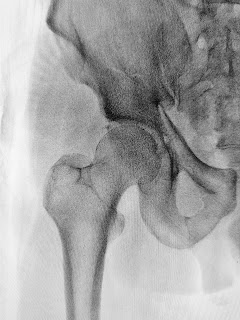
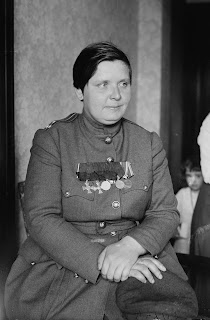
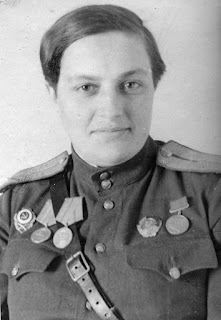


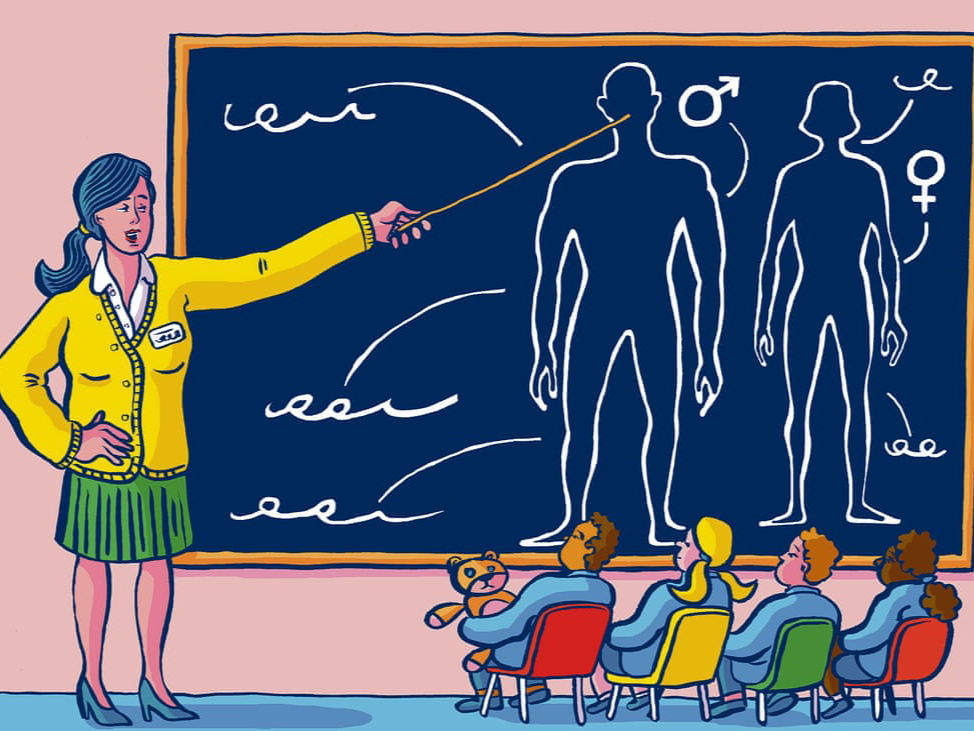

Comments
Post a Comment